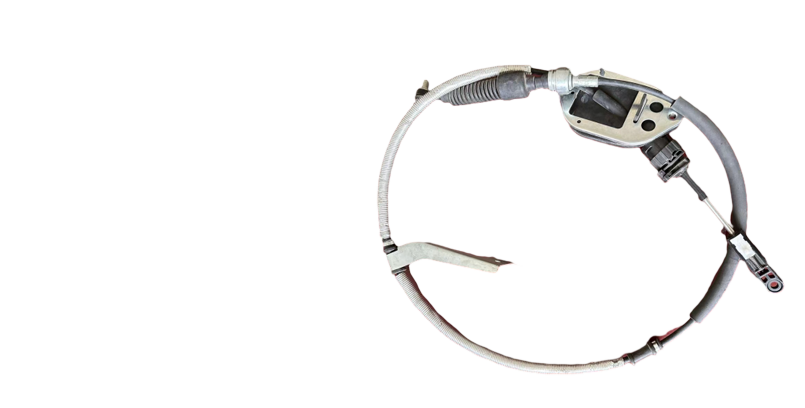gas pedal and cable
The Importance of the Gas Pedal and Cable in Modern Vehicles
In the intricate world of automotive engineering, the gas pedal, often overlooked in casual conversation, plays a pivotal role in vehicle operation and performance. This seemingly simple component, alongside its connecting cable, facilitates the essential interaction between the driver and the engine, enabling the vehicle to accelerate and respond to the demands of the road.
The gas pedal, also known as the accelerator pedal, is typically located on the right side of the driver's footwell, easily accessible for quick and efficient operation. Its primary function is to control the engine's power output by regulating the amount of air and fuel mixture entering the engine. When a driver presses down on the gas pedal, they are effectively signaling to the engine to increase its RPM (revolutions per minute), which allows the vehicle to gain speed. This concept encompasses more than just a direct mechanical action; it also reflects the driver’s intent and responsiveness to their surroundings.
The gas pedal operates in conjunction with a cable, traditionally a Bowden cable, that connects the pedal to the throttle body of the engine. The throttle body, a crucial engine component, modulates air flow into the engine based on the pedal's position. When the gas pedal is depressed, the cable pulls on a lever connected to the throttle body, thereby opening it further to allow more air in. This action, combined with an appropriate amount of fuel injected by the fuel system, generates the necessary power to accelerate the vehicle.
With advancements in technology, many modern vehicles have transitioned from mechanical cables to electronic throttle control (ETC) systems. In an ETC system, sensors detect the position of the gas pedal and relay this information to the vehicle's Engine Control Unit (ECU). The ECU then electronically adjusts the throttle position, allowing for more precise control of engine output. This shift not only enhances performance but also improves fuel efficiency and reduces emissions, making modern vehicles more environmentally friendly.
gas pedal and cable

Despite these advancements, the basic principle of the gas pedal and cable—or its electronic equivalent—remains the same providing a direct link between driver intention and engine response. This connection is fundamental to the overall driving experience, as it influences acceleration rates, responsiveness, and driving pleasure. A well-calibrated gas pedal can make the difference between a sluggish and an exhilarating drive.
Moreover, the gas pedal also plays a critical role in safety. The ability to accelerate quickly can be crucial in emergency situations, such as avoiding a collision. A responsive gas pedal allows the driver to navigate hazards effectively, enhancing overall road safety. Conversely, a malfunctioning gas pedal or cable can lead to reduced control over the vehicle, potentially resulting in dangerous situations. Regular maintenance and inspections of these components are essential to ensure they function correctly.
In addition to performance and safety, the gas pedal and cable contribute to the driver's emotional connection with their vehicle. For many driving enthusiasts, the feel of the accelerator pedal—the weight, the response, and the feedback—enhances their driving experience, creating a sense of control and engagement with the machine. This tactile relationship is a significant aspect of what makes driving enjoyable and satisfying.
In conclusion, the gas pedal and cable, while seemingly modest components, are crucial to the operation and enjoyment of modern vehicles. They serve as the driver’s essential tool for communication with the engine, enabling acceleration, enhancing safety, and enriching the driving experience. As automotive technology continues to evolve, the importance of understanding these components remains ever relevant, reminding us that even the simplest mechanisms can have a profound impact on our daily lives as motorists. Whether you are navigating city streets or cruising on the open highway, the gas pedal and cable are your steadfast allies in controlling the journey ahead.
-
Workings of Clutch Pipe and Hose SystemsNewsJun.04,2025
-
The Inner Workings of Hand Brake Cable SystemsNewsJun.04,2025
-
The Secrets of Throttle and Accelerator CablesNewsJun.04,2025
-
The Hidden Lifeline of Your Transmission Gear Shift CablesNewsJun.04,2025
-
Demystifying Gear Cables and Shift LinkagesNewsJun.04,2025
-
Decoding Clutch Line Systems A Comprehensive GuideNewsJun.04,2025
